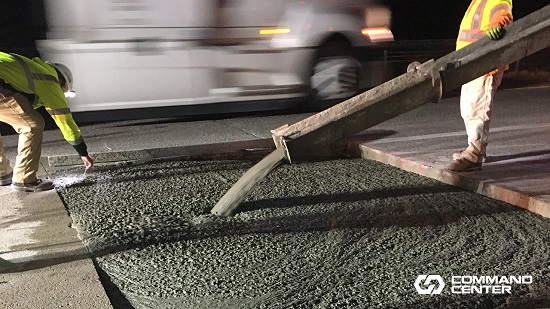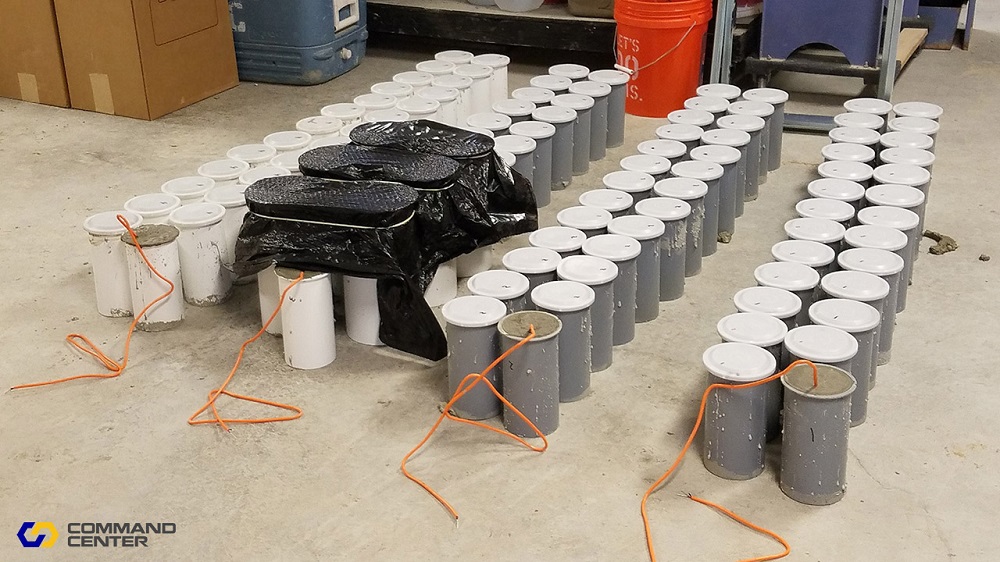 Thursday, April 25, 2024
Thursday, April 25, 2024  Thursday, April 25, 2024
Thursday, April 25, 2024 
To successfully implement the maturity method in the field, the concrete delivered must be consistent with the concrete used during testing to create the maturity curve.

The maturity method is an ASTM-standardized, non-destructive test method for estimating concrete strength that provides real-time results. Typically, cylinders and beams are required to be cast and broken for quality control and 28-day acceptance. It is common practice to simply cast and break additional samples, sometimes referred to as companion samples, for estimating early-age strength of in-place concrete for purposes such as early form removal, post-tensioning of elevated slabs, and fast-track pavement construction and repair. However, the strength gain of these cylinders may not reflect the strength gain of the in-place concrete.
For example, when placing concrete in ideal or hot-weather conditions, strength gain will likely occur faster for in-place concrete than for companion cylinders or beams simply because of the difference in size and heat generation during hydration. For the same reason in cold weather, it may be that in-place concrete gains strength slower than companion cylinders particularly if companion cylinders are cured at warmer temperatures. Maturity bridges the gap between what is tested for in companion samples and what field conditions are assumed.
Maturity uses sensor technology to provide real-time updates of in-place temperature and age, allowing users to estimate strength based on a maturity curve developed by breaking cylinders or beams.
The relationship between concrete maturity and strength can be graphically represented using a maturity curve. To develop a maturity curve with cylinders according to ASTM C1074, concrete cylinders are cast from a trial mix. A sensor is embedded at the centers of two cylinders. The cylinders are all cured in the same environment, then at 24 hours, 72 hours, 7 days, 14 days, and 28 days (unless alternate intervals are otherwise specified by an engineer), a minimum of two cylinders are broken. The compressive strengths are averaged and recorded. At the same times the cylinders are broken, maturity is calculated using the sensors’ temperature history data. The resulting data is then plotted on a graph with maturity on the x-axis and strength on the y-axis, and a curve is fit to the data. This resulting correlation curve can be used in future field applications—users can simply compare the measured maturity value of the concrete to the curve and estimate the strength.